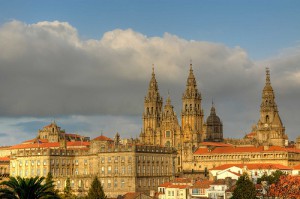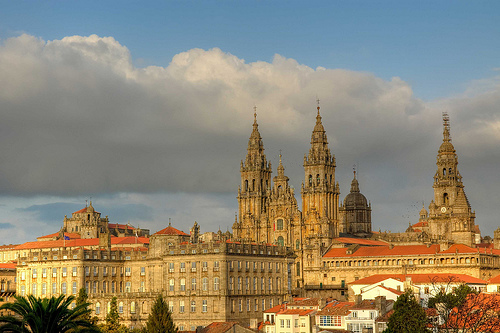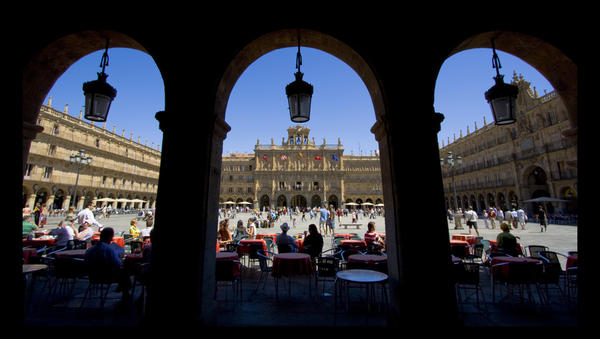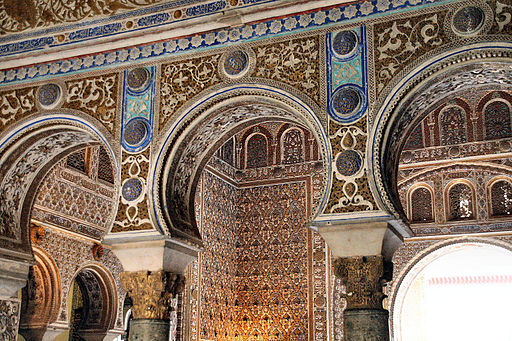For Spanish experience away from the Costas and different approach to this country all together, Santiago de Compostela, offers a tour off the beaten path.

Deep in the northwestern region of Spain sits Galicia, an autonomous community dating back to the 4th century. The capital of this small enclave is Santiago de Compostela which houses a famous cathedral known for religious pilgrimages dating as far back as medieval times.
The city itself is ancient but has been extremely well looked after and preserved and finds itself in very good condition. Santiago’s town Cathedral, the focus of pilgrimages, marks the location where the remains of the apostle James were said to be brought in the 8th century. The story goes that his body, was supposedly carried in a boat across the land to the site of the Catherdal and this route forms one of the many pilgrim routes, all of which end in Santiago de Compostela. The extent of the cities religious importance has resulted in Galicia being was one of the main locations, in which the Catholic Church held on fiercely and defiantly during the invasion of the North Arfircan, Arab Moors in Spain. This position enhanced the location and contributed to its growth in the earlier days as a religious centre and in its later days as a tourism centre. Direct flights from Liverpool and London Stanstead depart daily and the city has an extensive range of hotels and holiday homes on offer, to suit a range of budgets.
Today, the city shows off its historical heritage with multiple locations in and around the city, all of which worth visiting. Tourists can marvel at both the architecture as well as the designs of the old world while enjoying the amenities of modern world archietecture. In the evenings, Santiago also has a vibrant night life with numerous clubs, restaurants, and cafes, many of which are found in the square around the Catherdral centre piece. Many are quaint and cheap, others are a little more on the pricey side, but just like anywhere, have a walk about and look for the best things on offer. Galicias proximity to the sea and coastline has resulted in its cuisine being heavily based around fish and shellfish. A typical Galician dish is Pulpo a la gallega or in Galician “Polbo á Feira” which means Galician style octopus. It involved octopus, boiled (usually in a copper pot) coated in olive oil, sea salt and the spice of Spain, pimenton.
The citys ancient university is well worth a a the University of Santiago de Compostela was established in the 16th century and sports numerous buildings and scenic paths as a functioning campus still used today. Santiago’s old town is not far away and is a must-see. Tourists can walk the central zone marveling at the large civic buildings and then darting in and out of old-world style streets unique to Europe. With so many sights, sounds, food, and shops, there is no shortage of things to do in the old town area. Most tourists suffer instead from a lack of time to enjoy it all.



